The eponymous firm of celebrated Ghanaian-British architect David Adjaye is designing a pair of major cultural projects—one just freshly announced and the other’s design unveiled today ahead of the public opening of the 18th Venice Architecture Biennale—in two geographically disparate locations: in the heart of the Indian capital of New Delhi and in the small New England town of Shelburne, Vermont.
The latter project, the Perry Center for Native American Art, will serve as a major new addition to the Shelburne Museum, located just south of Burlington along the shores of Lake Champlain. Established in 1947 by folk art collector Electra Havermeyer Webb, the museum’s dizzying, Americana-heavy collection consists of more than 100,000 objects—Impressionist paintings, quilts and domestic textiles, horse-drawn vehicles, wildfowl decoys, a sizable trove of circus artifacts, and more—housed within a total of 39 exhibition buildings (a majority of them historic) spread across a 45-acre lakeside campus anchored by the relocated and restored steamboat Ticonderoga. With an estimated cost of $12.6 million, Adjaye’s Perry Center will be constructed on the southern end of the sprawling museum campus near the main entrance. (The last major new addition at Shelburne Museum, the Ann Beha Architects–designed Pizzagalli Center for Art and Education, opened in 2013.)
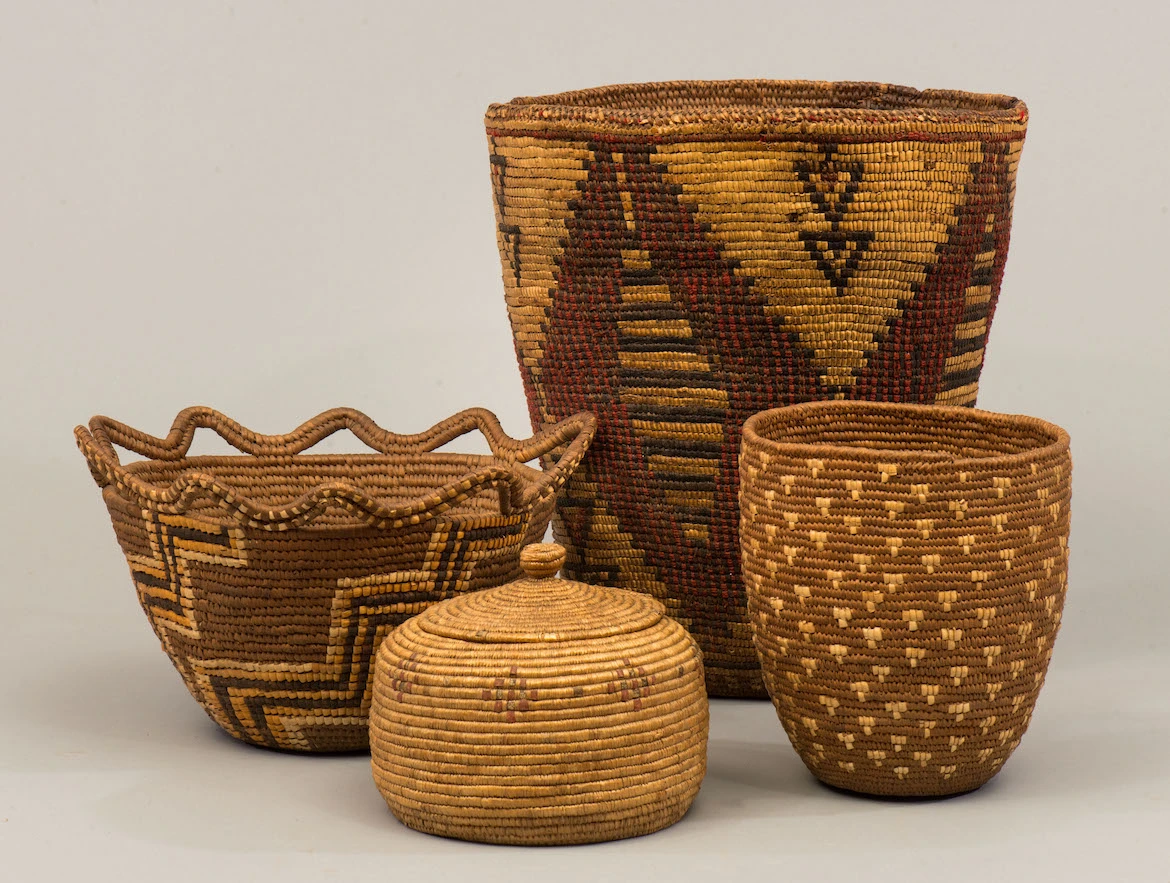
1
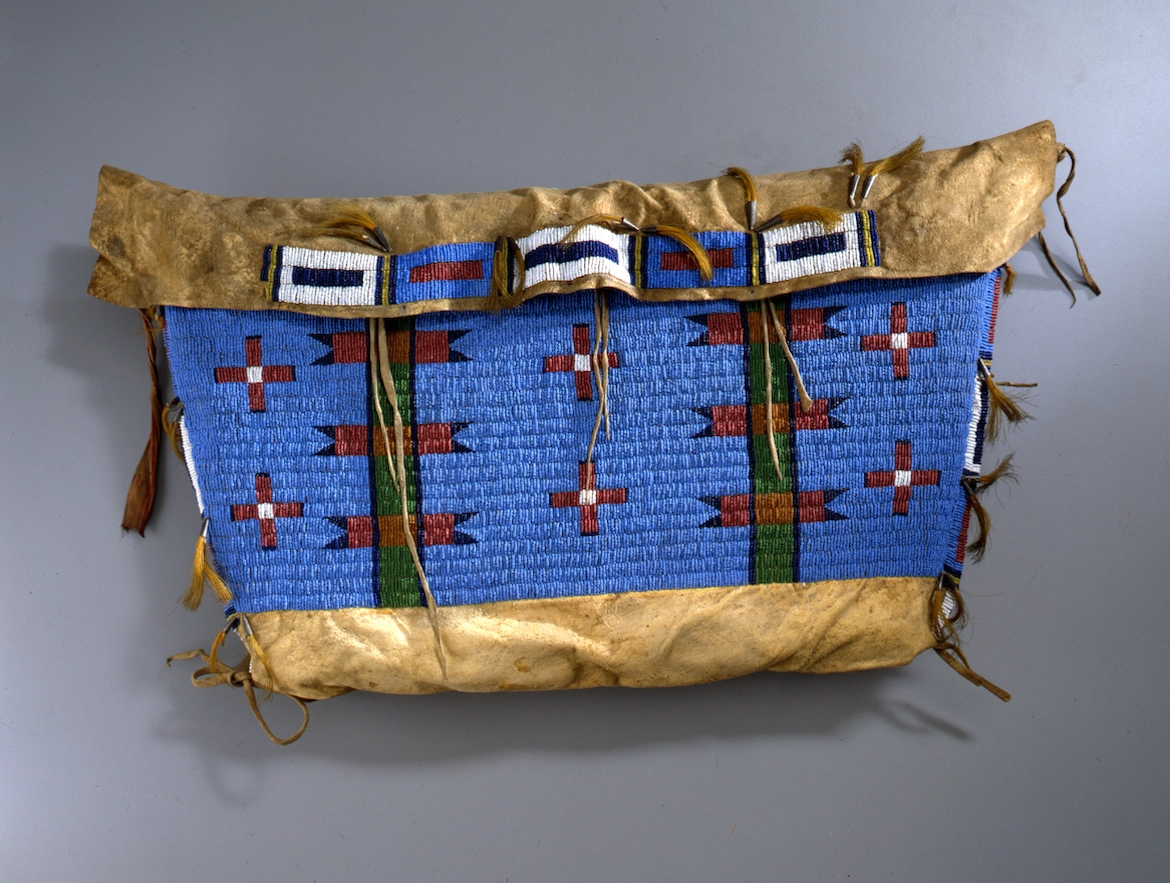
2
Artists formerly known (Alaska, Northwest Coast and Plateau), Carrying Basket, Basket, Berry Basket and Lidded Basket, late 19th or early 20th century; Collection of Shelburne Museum, gifts of Electra Havemeyer Webb & J. Watson Webb (1); Artist formerly known [Tsitsistas/Suhtai (Cheyenne)], Beaded Pannier, ca. 1880. Collection of Shelburne Museum, gift of Ogden M. Pleissne (2). Photos courtesy Shelburne Museum; photo by Andy Duback (2).
Described by the museum as a “sustainable building with integrated landscape created in collaboration with Indigenous voices whose cultures and people are represented in the works to be stewarded in the space,” the 9,750-square-foot facility is envisioned as a “national resource for the study and care of Indigenous art.” Per the Burlington Free Press, the building will highlight the museum’s existing—and rarely displayed—collection of roughly 300 works of Indigenous art along with items from a “significant” recent donation of more than 200 objects, predominantly from Plains, Prairie and Southwest peoples, made by Teressa Perry, wife of late local restauranter Anthony Perry. Together, this combined collection will represent art and artifacts from nearly 80 tribes spanning coast to coast.
“Our team is inspired by the potential of the Perry Center to not only enhance Shelburne Museum as a destination for education, but also to amplify and empower the Indigenous communities represented by the collection and to reconceptualize the role of a 21st century museum facility,” said Adjaye in a statement. “As the design architect for the new Perry Center, Adjaye Associates intends to cultivate opportunities for transformation, storytelling, and cross-cultural dialogue, ensuring the Perry Center contributes to the unique eclecticism and mission of Shelburne Museum.”
Rounding out the larger Perry Center design team is Neumann/Smith Architecture in the role of architect of record, landscape architecture firm Reed Hilderbrand, and Ontario-based Two Row Architect serving as Indigenous consultant. Two different established committees focused on Indigenous representation are also playing a key role in the project as it moves forward, including a Native American Collections Stewardship Advisory Committee and Native American Advisory Committee, the latter of which includes a range of academics, museum professionals, and “regional and national Indigenous culture bearers” including Don Stevens, chief of the Nulhegan Band of the Coosuk – Abenaki Nation.
In addition to a Vermont museum building that will be “designed from the ground up in partnership with Indigenous voices,” Adjaye Associates also recently worked in close collaboration with Indigenous Australian artist Daniel Boyd for the newly completed George Street Plaza & Community Building in Sydney.
RECORD will report when a design for Shelburne Museum’s new Perry Center, which is anticipated to break ground in the fall of 2024 and open as soon as 2026, is revealed.
Meanwhile, the design of Adjaye Associates’ new home for the Kiran Nadar Museum of Art (KNMA) in New Delhi is set to formally debut this week … in Venice.
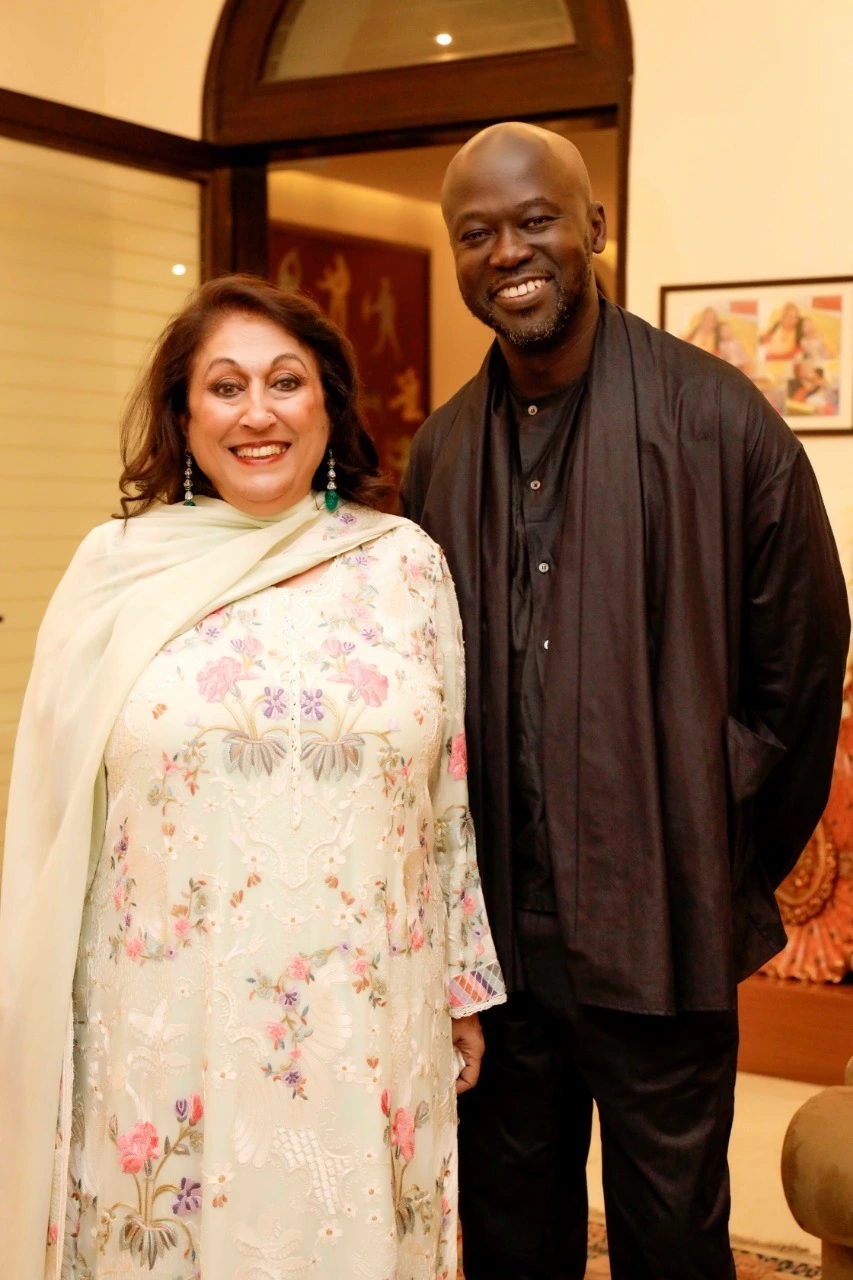
David Adjaye with KNMA founder Niran Nadar. Photo courtesy KNMA
Coinciding with the project’s groundbreaking at a site near Delhi’s Indira Gandhi International Airport, an architectural model of the new KNMA will be on view as part of a larger installation showing in the Curator’s Special Projects section of the Lesley Lokko-curated main exhibition of the 18th Venice Architecture Biennale, which opens to the public May 20. Established in 2010 by the museum’s namesake collector, the relatively young KNMA is currently housed in two separate locations; when completed in 2026, the new museum campus, at just over 1 million square feet, will serve as what’s described as the largest art and cultural hub in India. As detailed by the KNMA, the new facility will “host changing exhibitions, permanent displays, and performances as an international cultural destination for visual arts, music, dance, and theater and enable far more of the collection to be seen at any one time.”
“The upcoming complex provides an opportunity for KNMA at the Biennale Architettura to chart novel grounds as we take the museum towards new horizons,” says KNMA director and chief curator Roobina Karode.
Adjaye Associates was announced as the project’s design architect in 2019 and is joined by local firm S. Ghosh & Associates in the role of architect of record.
On display at the Venice Arsenale during the run of the Biennale, the model of the new facility is joined by works from the museum’s collection by Indian artists Tyeb Mehta, Zarina, and Nasreen Mohamedi, as well as Touch AIR (2023) by contemporary filmmaker Amit Dutta. “Through image, text, architecture and film, KNMA’s installation in the Arsenale highlights the relationship between museum and memory, while specifically alluding to the Partition of India and Pakistan in 1947 and the subsequent rupture of a unified sense of place and being,” an announcement explained.
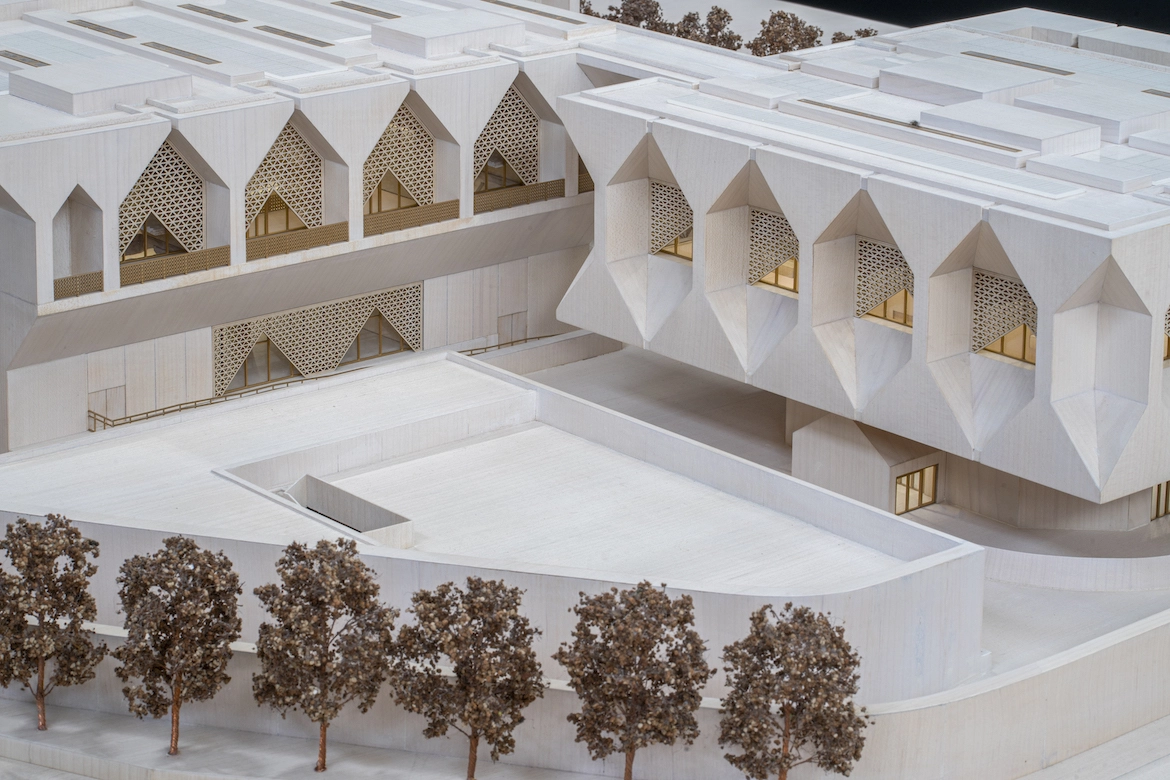
Model of the future new KNMA complex in New Delhi. Photo courtesy Adjaye Associates and KNMA
Added Adjaye in a statement: “KNMA provides an opportunity to embolden the rise of contemporary Indian art, releasing a new cultural offering for both the people of India, as well as for the wider global arts landscape. Its location in Delhi–one of the oldest cities in the world with a lineage of habitation that stretches to the 6th century BCE–gives new context to its position as a dynamic, living cultural force. As such, its specific location within the city directly influences the new building's form, rhythm, and landscape.”
RECORD is on the ground at the 18th Venice Architecture Biennale and will publish further dispatches in the coming days.
-copy.jpg?1684422215)


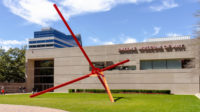
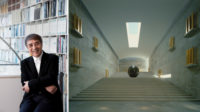
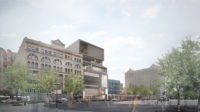
Post a comment to this article
Report Abusive Comment